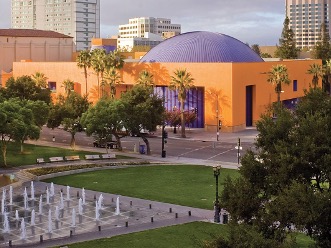5th Grade Mathematicians and Scientists had a big week of both discovery and solidifying procedural skills! In Math, students tested their knowledge of the algorithm for multiplying multi-digit decimals, including to the hundredths place and within word problem contexts. This assessment asked them to show fluency with the formal algorithm and also to demonstrate conceptual understanding, by visually depicting the multiplication of tenths and hundredths and also by evaluating and responding to fictional other students’ solution approaches to decimal multiplication problems.
In science, this week we traveled to the Tech Interactive and focused on a handful of exhibits that combine technology, engineering, and lab science to making a difference in climate, air quality, human health, forensics and more. Students saw examples of ways people around the world are making engineering and bio sciences more affordable and available to solve problems. They designed and tested bacteria with various adaptations in a simulated ecosystem, watched short stories of entrepreneurs in human health, and performed real genetics lab experiments! Following prompts and working with Museum Educators, students inserted DNA into bacteria that allow them to produce visible colors, observed petri dishes of bacterial colony growth, and used optical scanners to detect the range of colors created by the modified bacteria, checking for the total number of colors produced, the most common and the rarest color.
For many students this was their first time independently using using pipettes, plating bacteria, observing growth in a microscope, and conducting a sensitive multi-step lab procedure.
For many students this was their first time independently using using pipettes, plating bacteria, observing growth in a microscope, and conducting a sensitive multi-step lab procedure. Other students participated in a real electrophoresis lab, similarly using sensitive instruments and procedures to snip DNA, distribute its pieces by size and compare the profile to other known samples to see which matched. Their joy at the Tech was contagious and it was great to watch them persevere and help each other in their experiments!

